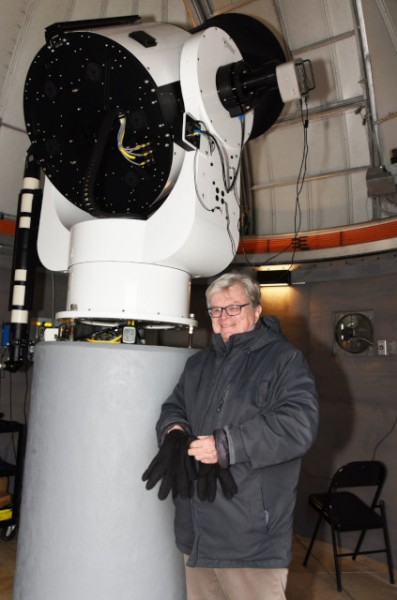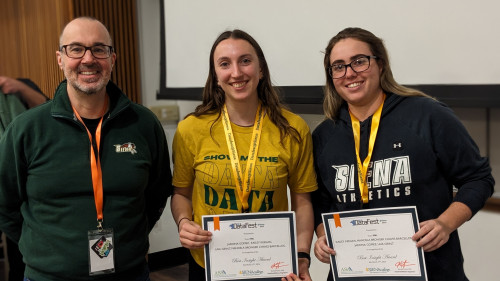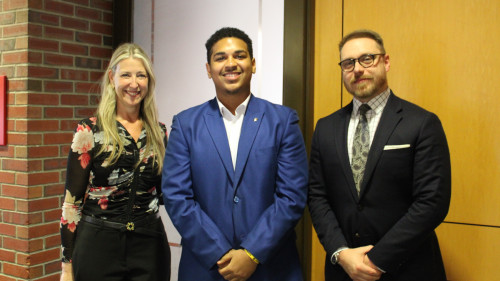

In the summer of 2020, NASA will launch the next mission to Mars. The primary goal? Determine if life ever arose on the Red Planet. A rover will collect core soil samples and store them until a future mission returns them to Earth. One of the many obstacles facing the NASA team is how to ensure the samples remain intact and don’t contaminate our planet. Enter Siena physics professor Tom Coohill. He is one of a handful of scientists - and only a couple college professors - selected to serve on the mission’s sterilization team. He is travelling to NASA’s Jet Propulsion Laboratory (JPL) in Pasadena for a kick-off meeting later this month.
Coohill did life-changing research at the JPL three decades ago, but his invitation back is a result of his preeminent work with ultraviolet radiation - the major germicide used to breakdown microorganisms on Earth, and an abundant byproduct of Mars’ carbon dioxide dominated atmosphere. Coohill speculates the return of alien samples to Earth - perhaps within the next 10 years - will cause a “Bigfoot Phenomenon”, but he and his peers don’t want to kill what is brought back, their charge is to protect it.
“It’s really exciting because we are doing things that have never been done before. The wealth of information potentially obtainable from these studies is groundbreaking. Our goal will be to study the alien samples in as much detail as possible without killing them.”
Coohill likely caught the attention of the NASA team because of his published work in space related journals, including a chapter on ultraviolet sterilization he authored in Bloch’s leading resource book on sterilization. Coohill arrived at Siena as dean of science in 1998, and at 77 he estimates his involvement with the project at five years: “They might be tracking me down in the nursing home to let me know the samples have arrived.” Kidding aside, Coohill suggested Siena students could be the big winners - with opportunities for collaborative summer research and perhaps even field work at the JBL obvious potential offshoots of his involvement.
Coohill doesn’t downplay the significance of what’s at stake.
“We hope we find life. Certainly, we know a lot about the presence of organic chemicals, and have direct evidence that water existed on Mars - at least at some point. With these two things, there is the chance of life. It’s a bit like finding a needle in a haystack, but if the mission is successful scientists will have direct access to the most promising Martian samples for the first time.”

